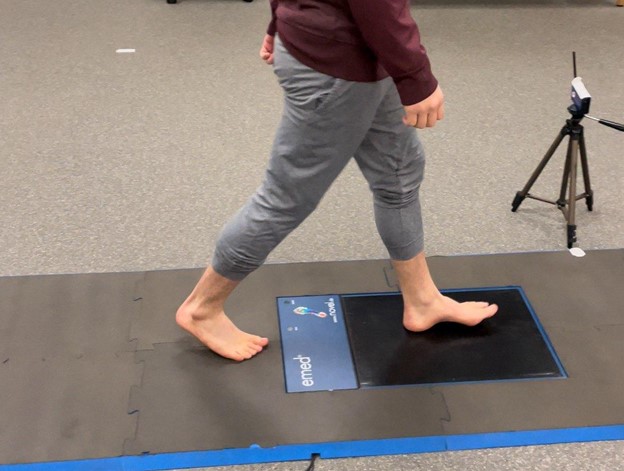ACL-CARE
ACL injuries are common among athletes, and due to persistent muscle weakness and asymmetrical movement and loading patterns, many sustain a second ACL injury following return to unrestricted physical activity. The project specifically focuses on assessing the role that novel clinical return to sport measures have in predicting second ACL injuries. The goal of this project is to develop model that can be used by clinicians when making return to sport decisions. Interested in participating, let us know by completing this form.










